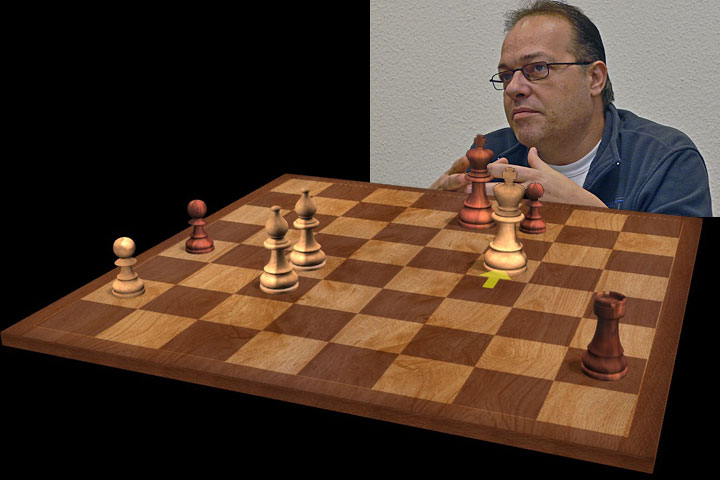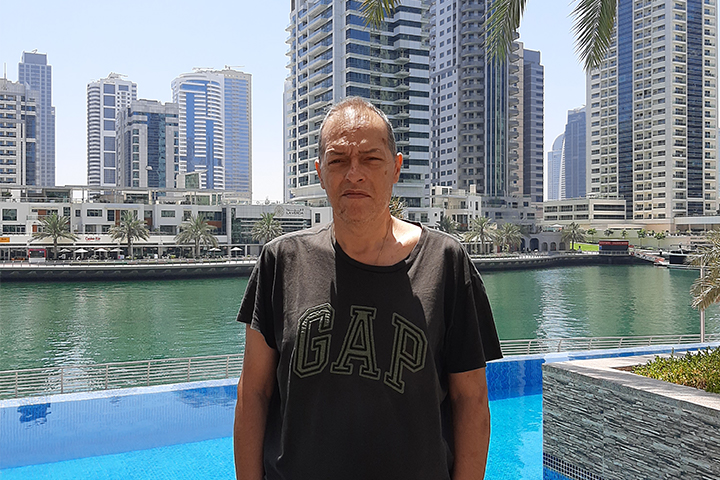


A usual unbalance is the case in chess endgames is when one side has a rook and the other two minor pieces in return. The first 'feeling' for this ending is that the pieces should prevail, but things are not that easy and not that clear. It is clear that the bishop and the knight duo make an ideal partnership, but still the rook must be respected!
Pawn structures are always important; passed pawns, targets, etc, make the day for the one or the other side. When we have even pawns in one side, the draw probability strongly increases, especially if the pieces have no clarified and certain targets. Cooperation of the pieces is highly important, as they should be able to attack and defend harmoniously.
The pieces can prevail if they have certain targets to attack; if they could support a passed pawn and/or defend against an enemy passed pawn. Harmoniously cooperation is the secret word! An extra (or not) outside passed pawn for the rook-side can be a decisive factor, if of course the opponent has no real counterplay. While the pieces are 'dealing' to stop the passed pawn, the rook, assisted by its king can create too much trouble on the other side!
As it can be easily understandable, this concept is quite often met in modern chess, so its proper handling is highly necessary. In the recent concluded Qatar Masters 2023, we have seen some interesting games with our subject. Simple cases, with pawns only in one side of the board, are highly drawish.
Here are some instructive examples of the battle between rook and two minor pieces, all taken from the recent super-strong Qatar Masters tournament. Note that you can click on the notation to get a separate replay board where you can start an engine to assist in analysis.
Three more instructive games, including examples from Carlsen and Nakamura, will follow in the next chapter of Efstratios Grivas' rook vs minor pieces endgame instructions.
Efstratios Grivas

Efstratios Grivas was born in March 1966 in Egio, Achaia and grew up in Athens. His registration at the Kallithea Chess Club in 1979 was his first contact with chess. Two years later he won the Greek Cadet Championship. He was trained by IM Dr. Nikolai Minev (1981–1982), FM Michalis Kaloskambis (1984–1986), GM Efim Geller (1987–1988) and IM Nikolai Andrianov (1990–1996). Currently he is living in the UAE and he is the director of the Sharjah International Chess Academy, a branch of the Sharjah Cultural & Chess Club – the largest chess club in the world. Here are the important stations of his chess career:
Titles Awarded: Grandmaster, FIDE Senior Trainer, FIDE Arbiter, FIDE Organiser.
Working Positions: Former Secretary of the FIDE (World Federation) Trainers' Commission (10 years), Secretary of the European Chess Union Training Commission, Director of the Grivas Chess International Academy (FIDE Academy), Director of the Sharjah International Chess Academy.
Achievements as a Player:
Achievements as Coach/Trainer/Captain:
| Advertising |